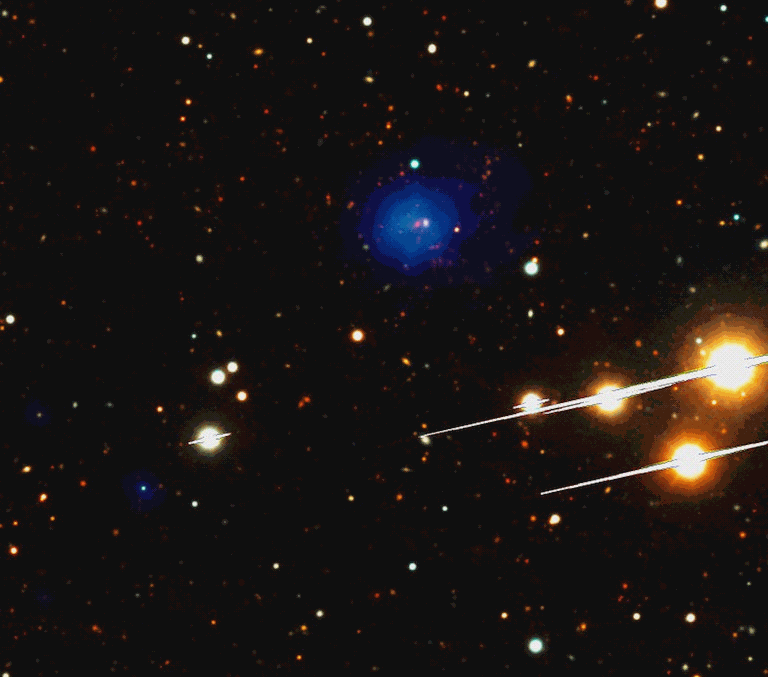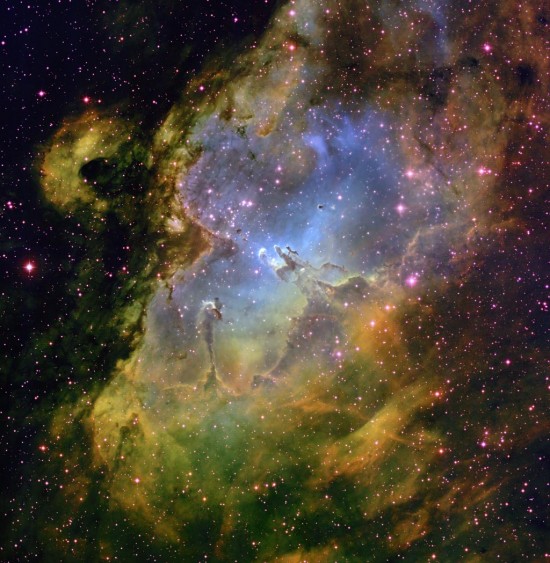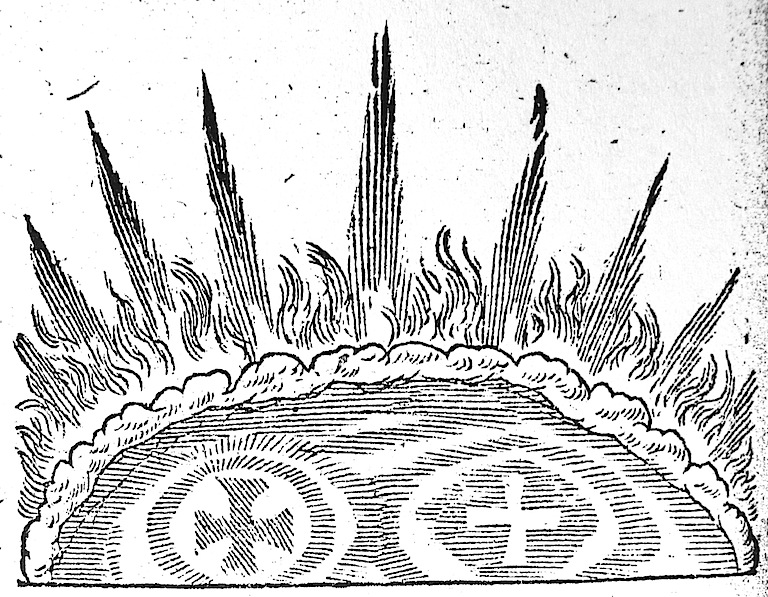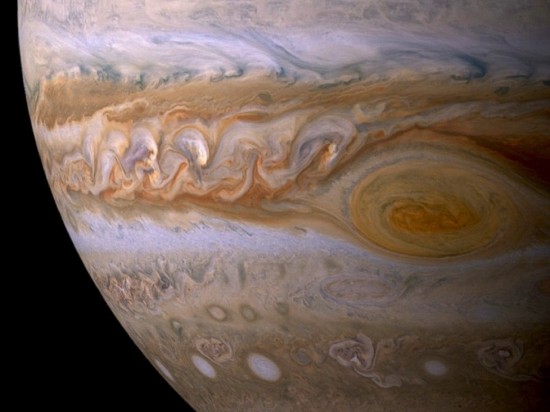Year: 2013
Dusty Plasma
Caught in the Crossfire
Pulsar Wind Nebulae
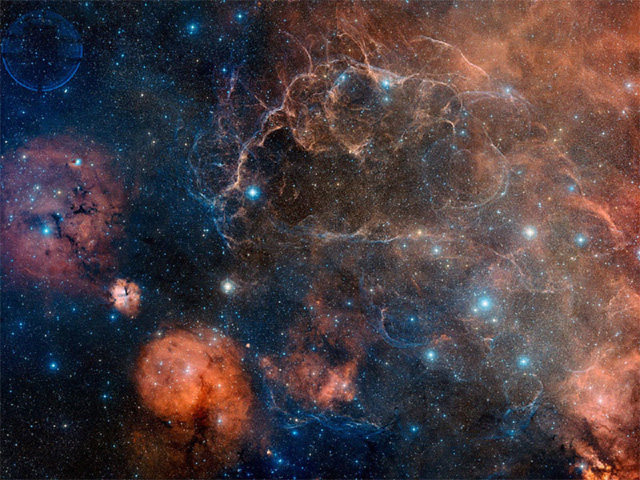
Jan 15, 2013 Some so-called “neutron star pulsars” are said to create nebulae as they spin. The standard model of stellar evolution proposes that pulsars are neutron stars rotating at incredible speed. For example, PSR J1748-2446ad, in the globular cluster Terzan 5, is reported to be spinning at almost 43,000…
Ancient Origins of Doomsday Anxiety
This brief video clip is a quick-draft giving first glimpses of a major project for 2013. The project will be included among several key themes at the upcoming conference, ELECTRIC UNIVERSE 2013:The Tipping Point, in Albuquerque, New Mexico, Jan 3-6, 2013.
Electromagnetic Monsters
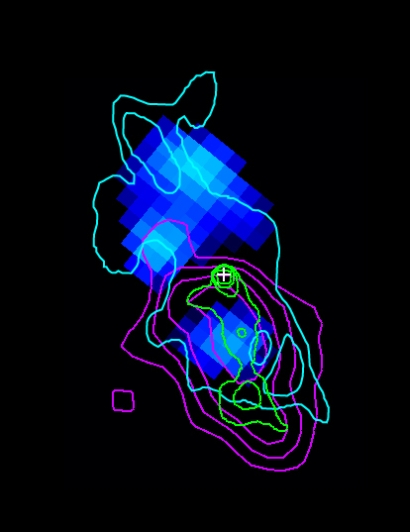
Jan 14, 2013 Extreme magnetic fields in space are said to be caused by the high-speed rotation of neutron stars. Several previous Picture of the Day articles discuss the problem of neutron stars and how they affect the progress of astronomical investigation. According to electric star theory, neutron stars…
Electric Discharge Scarring of Planets and Moons: Interview with Stephen Smith
In this interview Stephen Smith, editor of the Thunderbolts Picture of the Day (TPOD) reviews evidence for a former epoch of planetary instability and massive electrical scarring of planets and moons.
Electromagnetic Nebulae
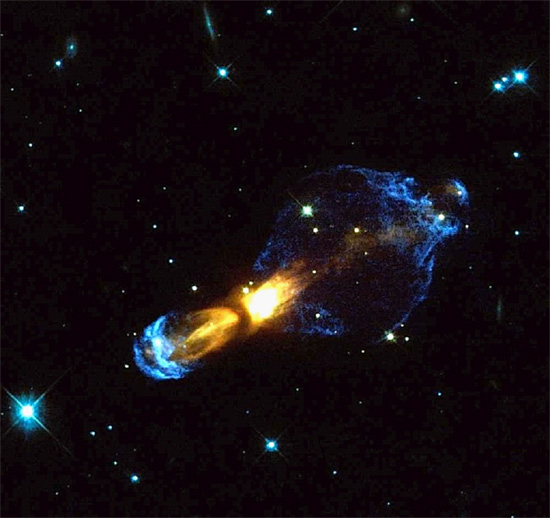
Jan 11, 2013 The Universe behaves according to the laws of plasma dynamics. In every science journal discussing the behavior of planetary nebulae, the prevailing opinion usually involves gases and dust “blowing” through them, as well as “winds” created by “shock waves” from exploding stars. In many cases, the nebula…
The Fall of El Gordo
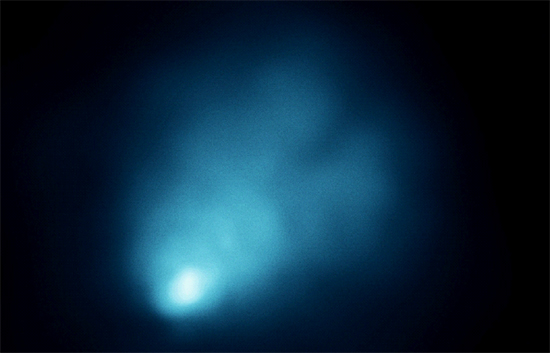
Jan 10, 2012 El Gordo is so called because it is the biggest, brightest, and hottest pair of colliding galaxy clusters known to astronomers. Astronomers “know” that El Gordo is over 7 billion light-years from Earth. This knowledge derives from the amount by which El Gordo’s light is shifted toward the…





